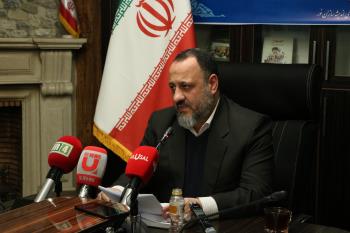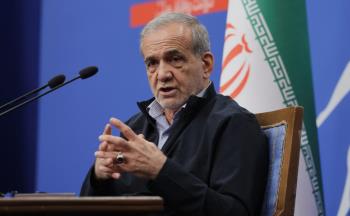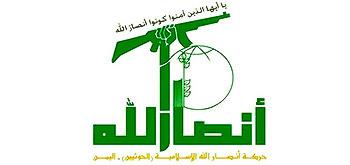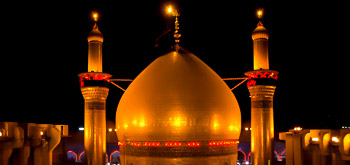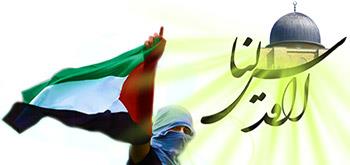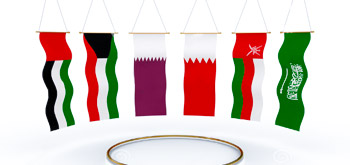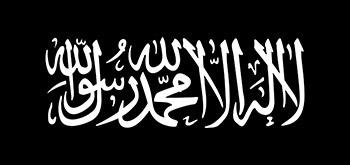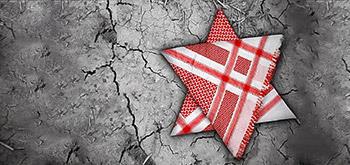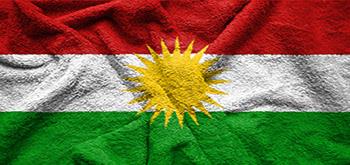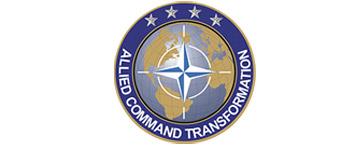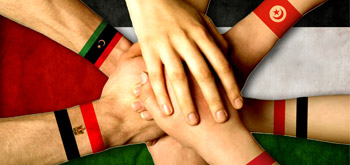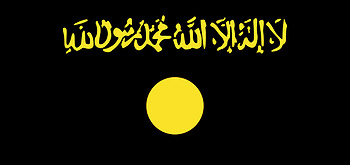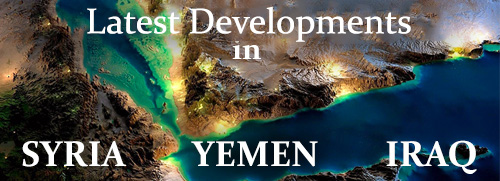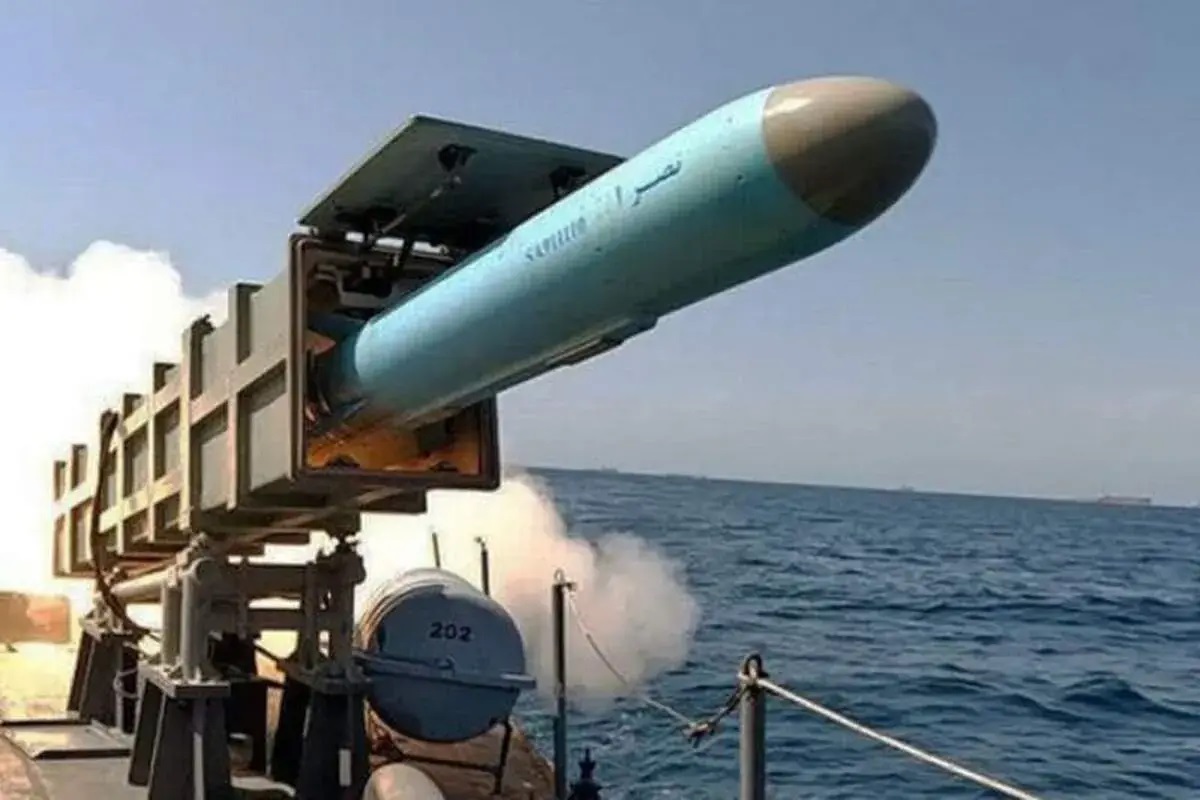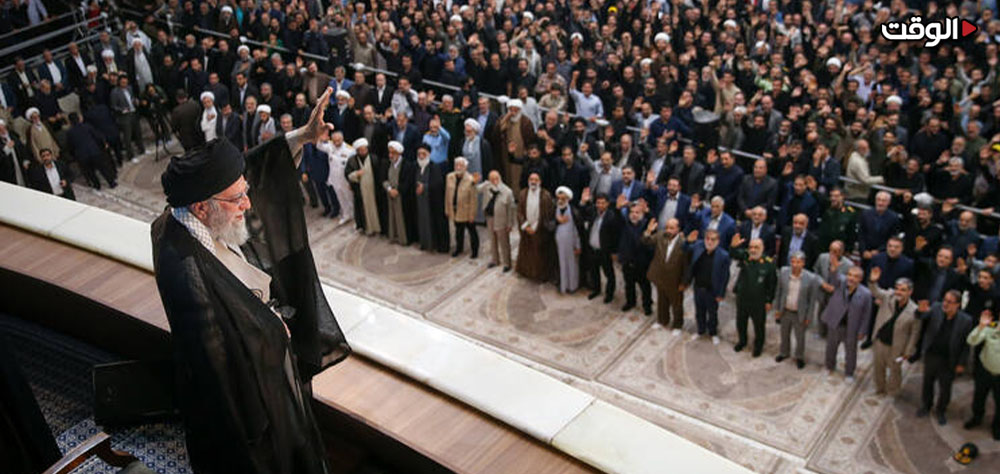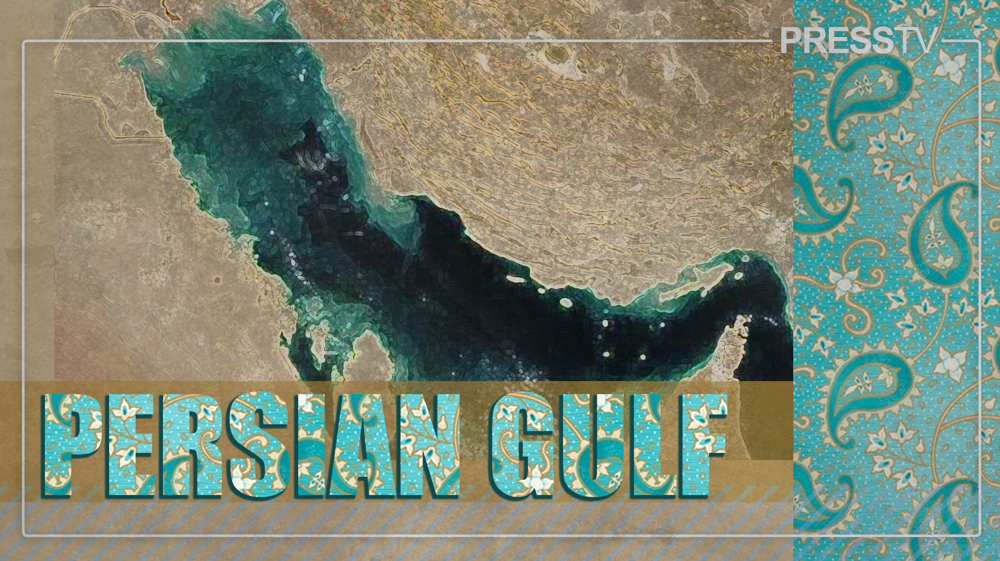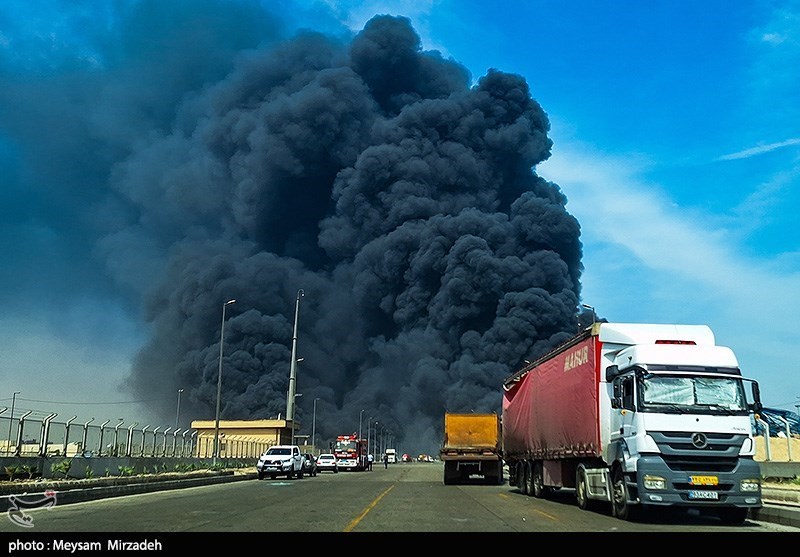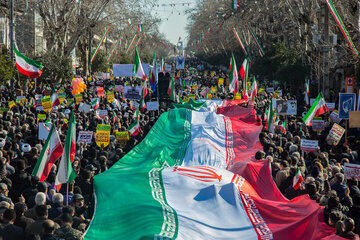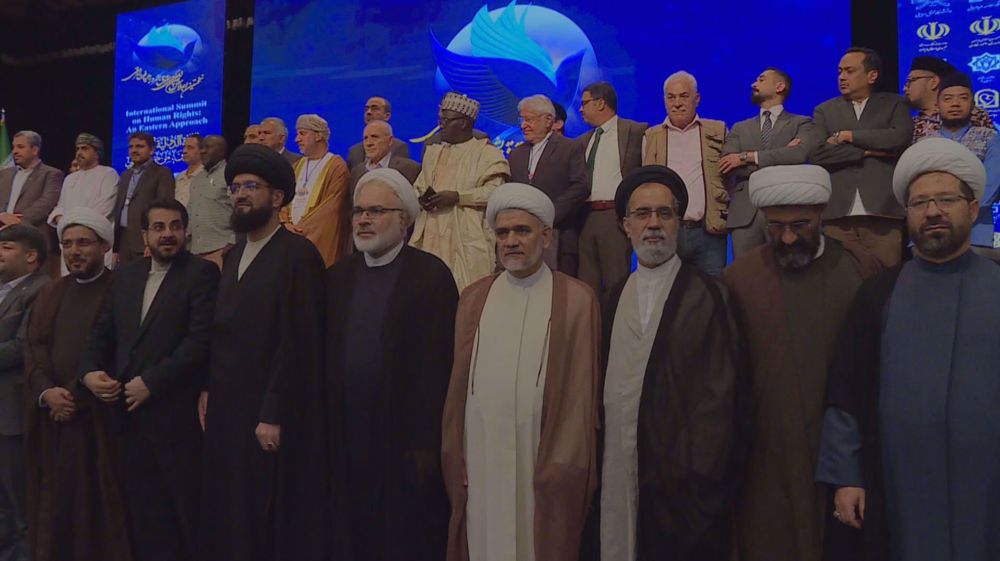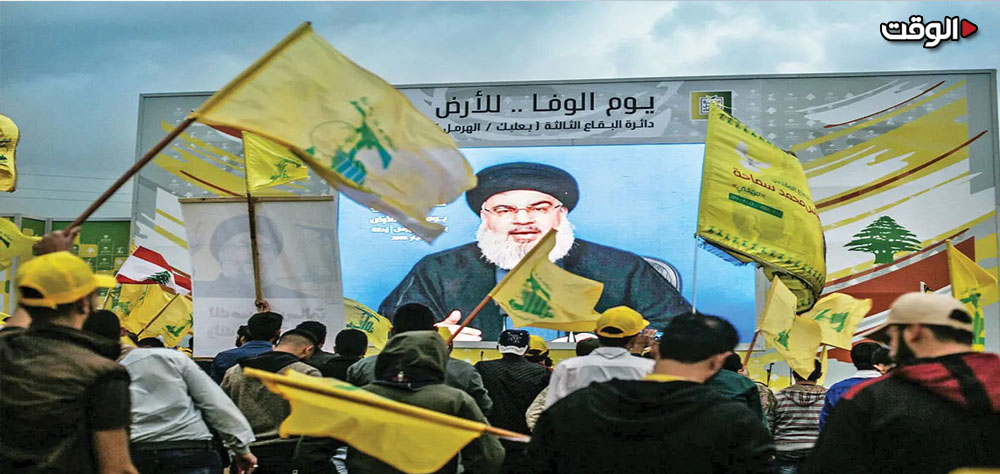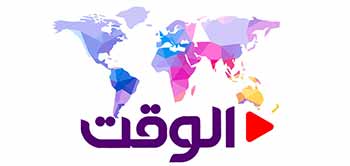Alwaght- Last week, Iran held its first missile and naval drills in the Indian Ocean since its 12-day war with Israel.
Coming amid speculations for a new military aggression by the US and Israel, the "Sustainable Power 1404" drills came to show off to the enemies the Iranian defense readiness and deterrence, and to highlight Iran's missile power in dealing with any possible threats. The country unveiled in action the latest arms developments during these exercises.
The drills were joined by destroyers and included firing Qader, Nasir, Qadir, coast-based anti-ship stealth cruise missiles, as well as firing drones and electric warfare and submarine operations. The anti-ship cruise missiles are considered high-precision and destruction weapons that are used to destroy naval ships and coastal targets.
The drill involved surface and sub-surface naval units, coastal missile platforms, reconnaissance and kamikaze drones, and advanced command centers, Tasnim News Agency reported.
Holding a naval (instead of ground or air) exercise is a sign of "fluid power"; the capability to operate across a vast maritime domain demonstrates real operational capacity and sends the message of "we operate wherever necessary."
In this regard, Defense Minister Brigadier General Aziz Nasir Zadeh stated: "Today, we have produced and possess missiles with capabilities far exceeding those used in the 12-day war. If Israel carries out a new attack, we will use them."
Nevertheless, the choice of a naval exercise and its location in the Indian Ocean and the Sea of Oman carries messages beyond a mere show of force. The following will delve into the reasons for this choice and the region's geopolitical significance.
Indian Ocean and Sea of Oman geopolitical significance
The Indian Ocean plays a pivotal role in global trade and security. Covering nearly 70 million square kilometers, it forms one of the world’s largest maritime zones, linking Africa, West Asia, South Asia, Southeast Asia, and the Far East through vital sea lanes—together constituting the backbone of today’s global supply chain.
Around two-thirds of the world’s oil shipments, one-third of bulk cargo movements, and two-thirds of global container shipping tonnage pass through these waters. The Indian Ocean Rim (IOR) itself represents a rapidly broadening consumer market, home to at least half of the world’s population and accounting for roughly 20 to 25 percent of global economic output.
India, the world’s 14th-largest trading nation, relies heavily on these sea routes, with 95 percent of its $28 trillion trade volume and 68 percent of its trade value transported by sea. Beyond commerce, the Indian Ocean also underpins critical global public goods, from regulating climate patterns to sustaining endangered species.
An environmental disaster in any part of the Indian Ocean, therefore, would not only devastate local ecosystems but could also trigger shocks with profound implications for international security.
Also, over 80 percent of the sea oil trade is done through routes passing the Indian Ocean area.
From the Strait of Hormuz—just one of the Indian Ocean’s critical chokepoints—some 20 million barrels of oil pass through daily, equal to a quarter of the world’s seaborne crude and one-fifth of global natural gas shipments.
Carrying oil from the Persian Gulf would be nearly impossible without secure alternative routes through the Indian Ocean. The same corridor also provides vital access to the Bab-el-Mandeb Strait and, ultimately, the Suez Canal.
Sending a message to the US and West
Iran has always protected security of the Persian Gulf and the Strait of Hormuz, and in recent years it has out high on its agenda presence in the high seas as one of the factors of naval power and defense of strategic interests in international waters. So, this time, too, Iran showed that it can defend its strategic interests beyond the Persian Gulf.
The drills in the Indian Ocean and the Sea of Oman carries the message to the US and other Western countries amid escalating threats that Iran is not only active in the Strait of Hormuz and can broaden the deterrence lines further away.
Iran is prioritizing the expansion of its maritime-based economy in its foreign trade, with a strategic focus on developing transit routes and enhancing its oceanic ports. Key initiatives such as the International North–South Transport Corridor and the Chabahar Port project are central to this agenda. This drive for secure sea lanes is deemed essential for energy exports and trade, a need that would become particularly critical in the event of renewed international sanctions.
Furthermore, the deepening economic ties between (Persian) Gulf Cooperation Council states and Eastern economic powers has significantly elevated the strategic importance of the Sea of Oman and the Indian Ocean. This shift underscores that Iran's deterrent capabilities extend far beyond the threat of closing the Strait of Hormuz. It signals that any escalation of hostilities by Washington or Tel Aviv could have severe repercussions for the global economy.
Concurrently, Iran's assertive naval presence in the Indian Ocean region is positioning Tehran as a pivotal player in the broader geopolitical competition between East and West. This strategic waterway has become an arena where global powers, including China, the US, India, Japan, and Britain, are all vying to establish and consolidate their maritime influence.
China and India have strategic investments in this region due to their heavy dependence on the Persian Gulf and maritime routes. In 2024, Reuters reported, China imported worth of $57 billion goods from Saudi Arabia and exported worth of $50 billion to the Arab kingdom.
India is actively bolstering its naval capabilities, a strategic imperative driven by the fact that 95 percent of its trade relies on maritime routes traversing this region. This underscores the critical importance of secure sea lanes for its economic security.
The depth of these regional economic interconnections is further highlighted by trade figures. According to a report by The New Arab, trade between India and the Persian Gulf Arab states reached approximately $162 billion in 2023-24, accounting for a significant 15.8 percent of India's total trade.
An analysis from The Economic Times indicates that since the signing of the Comprehensive Economic Partnership Agreement (CEPA) in 2022 between India and the UAE, bilateral trade is on track to surpass $100 billion by the 2025 fiscal year, far exceeding initial timelines.
In this context of intense economic and strategic interest, Iran's role becomes increasingly pivotal. The past joint naval exercises conducted by Iran, Russia, and China in the Indian Ocean are a direct manifestation of this region's growing importance in the East-West strategic competition. These drills serve to underscore Iran's rising capability to project power and act as a decisive naval actor in these contested waters, directly intersecting with the vital interests of other major powers.
Outcomes and outlook
The recent Iranian naval drills bear some key points:
1. Flexible deterrence: The drills showed Iran's power to react in broader areas not just in the Strait of Hormuz and the Persian Gulf
2. Highlighting security of maritime routes: This highlights the significance of international trade lane including with India, China, and also the North-South Corridor.
3. Engagement in broader East-West competition: The recent drills were in line with past drills with Russia, China, and Oman.
4. Preparing to deal with sanctions and military threats in the future: These drills served to demonstrate concrete actions to counter sanctions and secure export routes.

